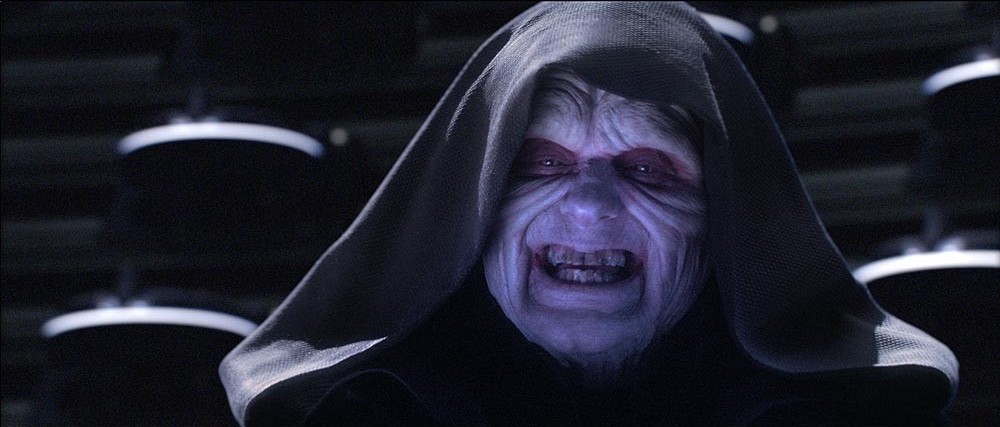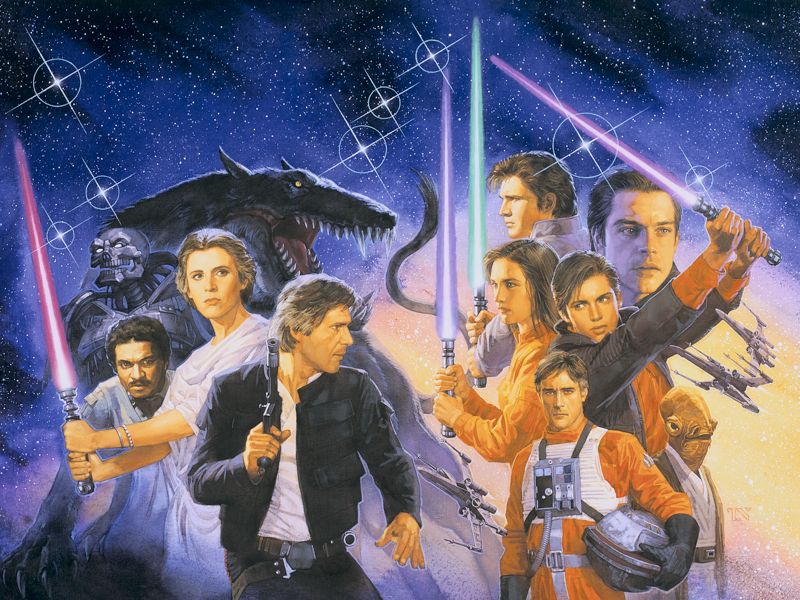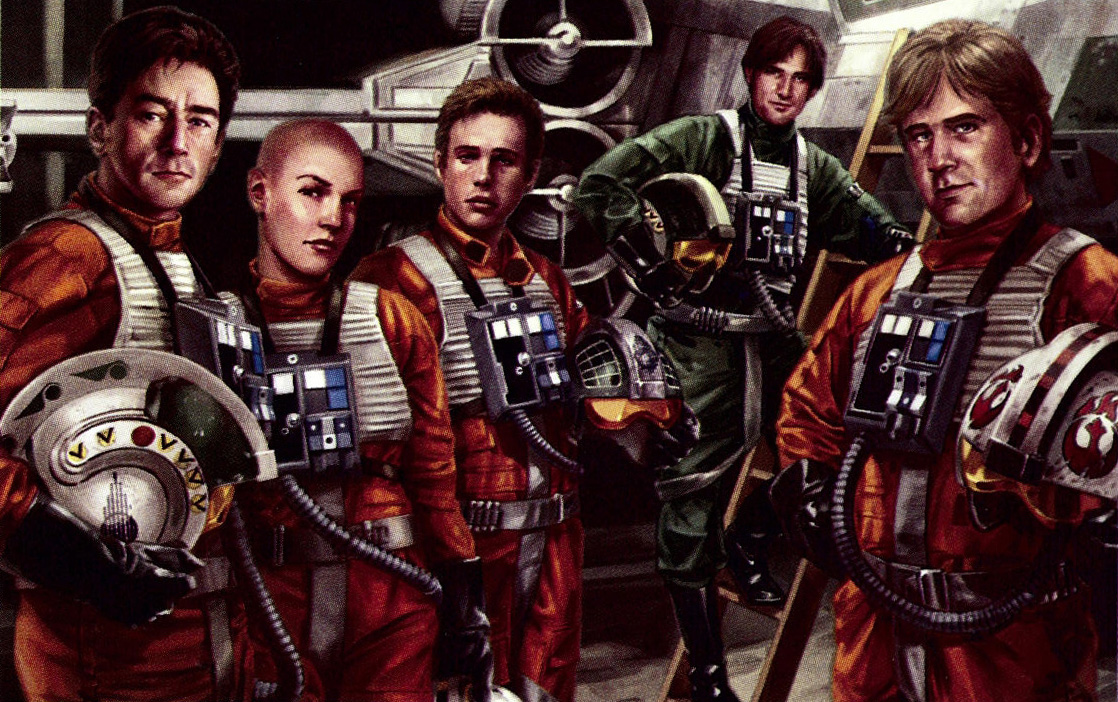
As heroic journeys go, Star Wars has always stood out as a particularly memorable one in many ways. From its unique blend of science fiction aesthetics and fantasy themes to its focus on the perspectives of two utterly ordinary utility robots, inspired by the peasant-protagonists of Akira Kurosawa’s The Hidden Fortress, the saga has never been reluctant to take risks and experiment in ways that others would hesitate to even consider.
This willingness to gamble on the unknown carried over to the Expanded Universe, which, true to its name, recognized the potential profit in telling stories about more than just what Luke, Han, and Leia were up to between the movies. In fact, one could say that it has taken the concept of tie-in work to extremes, going to extraordinary lengths to craft detailed backgrounds for and make use of seemingly insignificant characters on countless occasions, most prominently in the case of the only rebel pilot to appear throughout the entire Original Trilogy: Wedge Antilles.
Unlike his initially more important comrade-in-arms, Biggs Darklighter, Wedge Antilles was not an old friend of the main character. Unlike Luke Skywalker, he was not blessed by the Force. Unlike Princess Leia, he had no royal or noble blood running in his veins. Unlike Han Solo, his transportation of choice was nothing more than a common starfighter, and he was no renowned figure in the galactic underworld. Wedge Antilles was, quite simply, a perfectly ordinary human being. And yet, despite his utterly unremarkable nature, he survived the attack on the first Death Star where so many others perished.
It would have been an extraordinarily simple thing for his role in the saga to end there, along with the likes of General Dodonna and Vanden Willard. It’s difficult to say whether it was by intentional design or mere whim, but the character returned in The Empire Strikes Back, and then lived to fight again in Return of the Jedi, where he enjoyed the privileged position of flying into the heart of the second Death Star alongside Lando Calrissian in the Millennium Falcon.
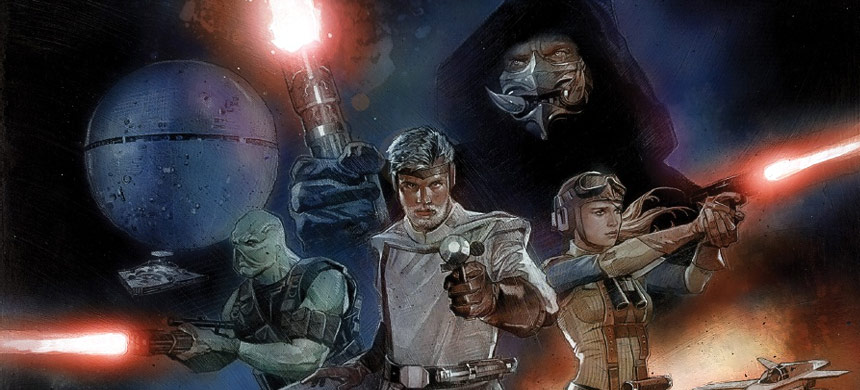
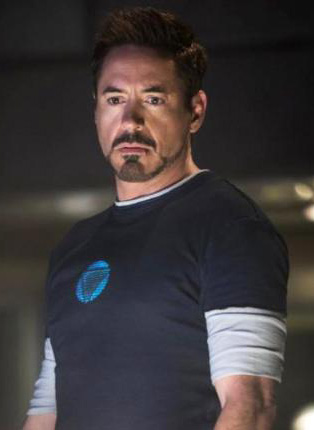 Heath Ledger as the Joker.
Heath Ledger as the Joker.